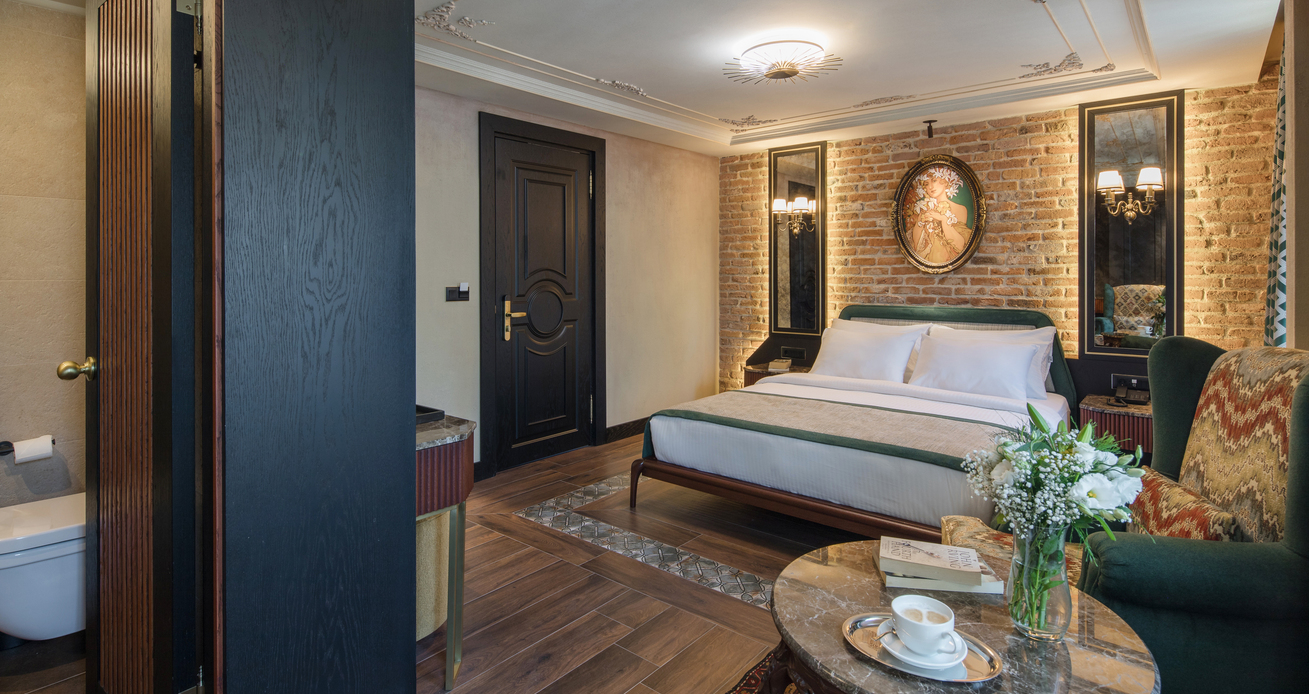
In 2021 the Tria Hotel reopened its doors for its guests after a major renovation


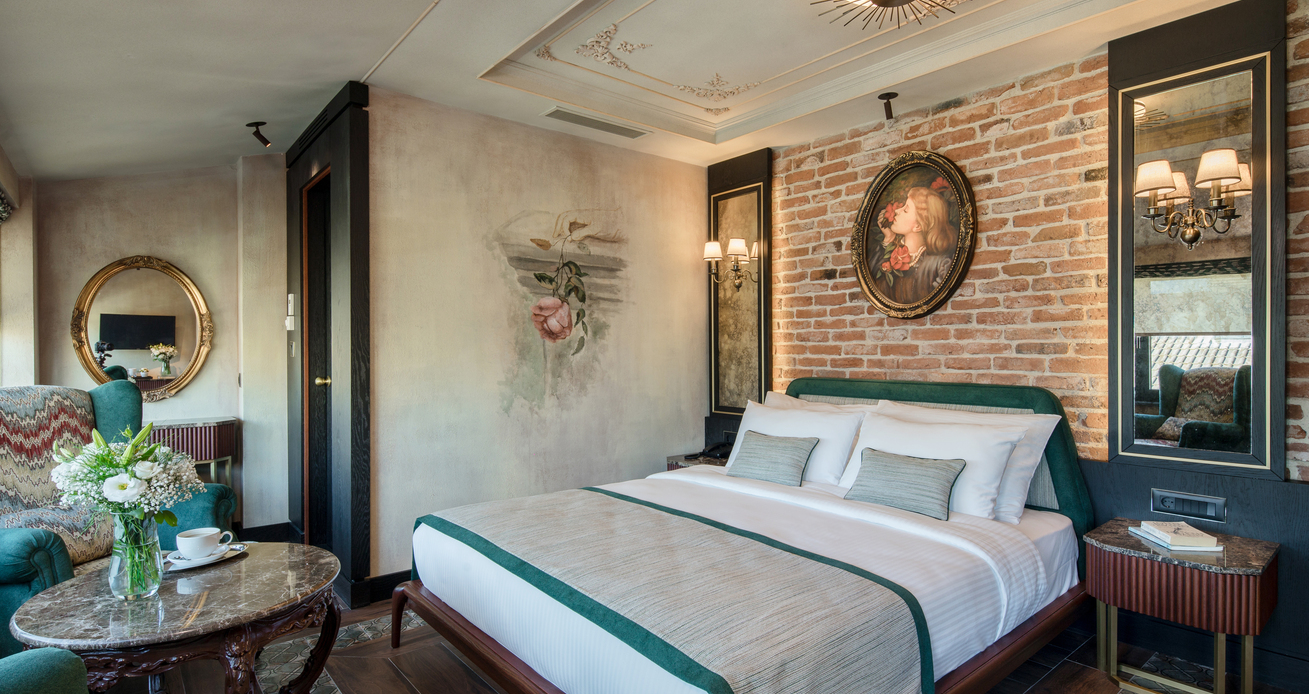
We pay special attention to the smallest detail, because we are sure, it is from the little things that perfection is made.


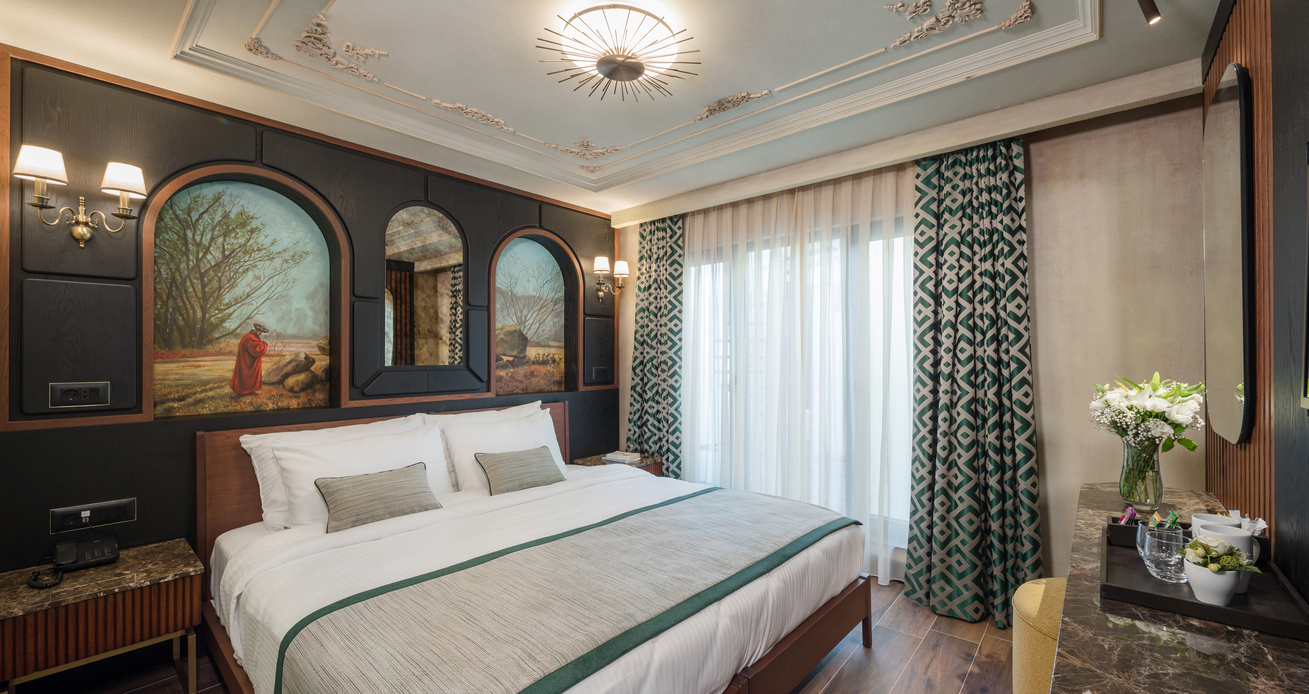
All the rooms and the hotel areas are regularly disinfected in accordance with modern COVID-19 prevention standards.




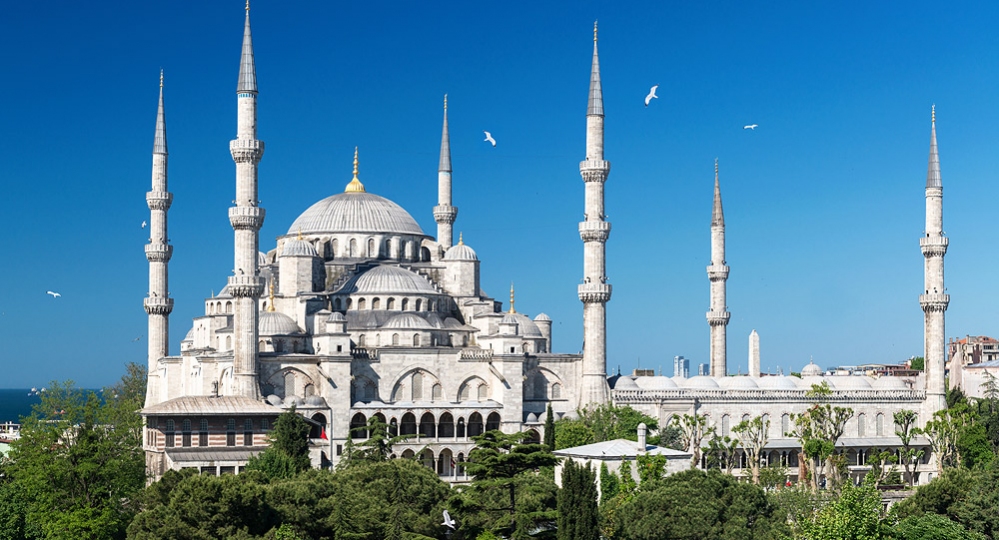
Blue Mosque-Hippodrome-Egyptian Obelisk-Museum of Islamic Arts-Hagia Sophia-Topkapı Palace
Sultanahmet Square is the area with benches in between Hagia Sophia (a pink building with 4 minarets) and the Blue Mosque (building with 6 minarets). Here you can have a glass of tea or cup of salep (a delicious, hot creamy drink served in the winter months) from street vendors dressed in national costumes.
The Cathedral of Hagia Sophia is one of the 4 most important shrines of the world. Open daily.
The Blue Mosque is situated very close by. It has 6 minarets (only in Mecca there is a mosque with more minarets). The inner area is decorated with about 200 thousand blue tiles. Pay attention to a piece of Kaaba (it is visible behind the grating), the giant chandelier with hundreds of lamps, carpets and great dome which was planned by Turkish “Michelangelo” from Greek ancestry, architect Sinan. The mosque is open daily, and the admission is free. Behind the Blue Mosque there is the Hippodrome, which you can recognize by its tall obelisk. It is the heart of ancient Byzantium-Constantinople and is the second largest construction of the Roman Empire. Here the Emperor Constantine, who legalized Christianity, welcomed his citizens. The Hippodrome is accessible around the clock, the admission is free.
The only decoration of the Hippodrome that remains, are the three columns. The first one is the Egyptian obelisk, weighing 300 tonnes, the "twin"of this obelisk is in Paris. It was brought to Constantinople from Egypt. Originally it was erected in honor of the Pharaoh Thutmosis III in memory of his victory over the Mesopotamian kingdoms. It is marked with ancient hieroglyphs. The second one is of Greek origin. It is in the shape of three intertwined snakes and was casted from weapons of the Persians, which the Greeks had defeated at the Battle of Plataea. Finally, the third one is a stone obelisk of Constantine Porphyrogenitus. Later the Ottomans hoisted the head of the last Byzantine emperor, Constantine XI.
Behind the Egyptian obelisk there is the Museum of Turkish and Islamic Arts, situated in the mansion of Ibrahim Paşa, who lived in the 16th century. In this museum, the exhibitions of Turkish and oriental carpets are a must see. Also you can learn about the story of “oil fight” güveç and Ottoman calligraphy. The Museum is open daily from 09:00 to 17:00 and closed on Mondays.
You then go back to Hagia Sophia. Near the exit from Hagia Sophia you should turn left and bypass the complex on the left side. You will enter the gates of Topkapı Museum.
Topkapı Palace is a castle complex located on a hill above the Bosphorus, where the Ottoman sultans lived for 300 years during the Ottoman Empire. The treasures of this Empire are stored in Topkapi Museum. In the hall of treasury giant gems and highly decorated armory like the Blade of the Sultans, swords of Crusaders, rare antique weapons are displayed. In the kitchen of the Palace you can see the ancient Chinese, Japanese and Ottoman porcelain tablewear. In the courtyard of Topkapi Palace the oldest church in Istanbul, Church of St. Irene is situated.
The Topkapı Palace and St. Irene Church are open daily except Tuesday from 09:00 to 17:00.
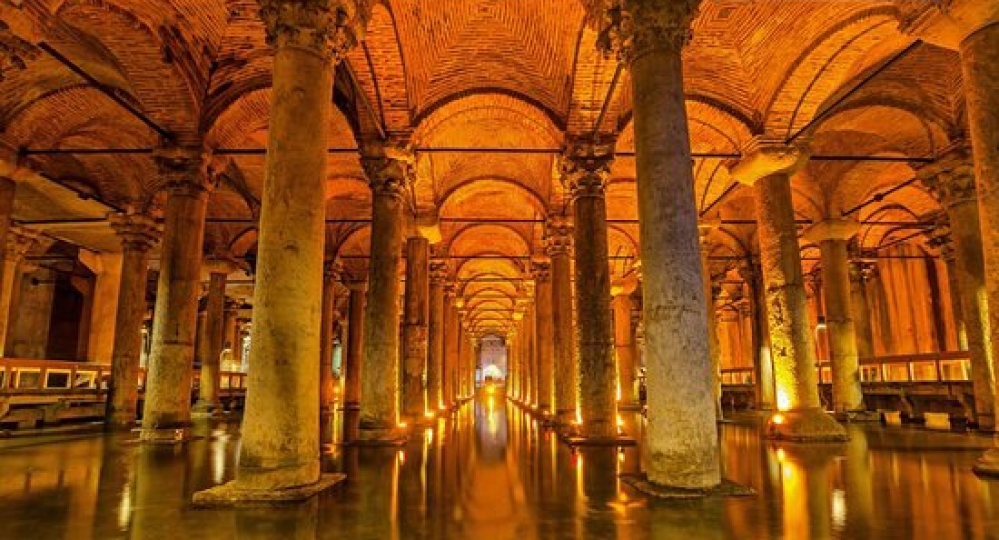
Topkapı Palace-Archaeological Museum of Istanbul-Yerebatan
Topkapı Palace is a castle complex located on a hill above the Bosphorus, where the Ottoman sultans lived for 300 years during the Ottoman Empire. The treasures of this Empire are stored in Topkapi Museum. In the hall of treasury giant gems and highly decorated armory like the Blade of the Sultans, swords of Crusaders, rare antique weapons are displayed. In the kitchen of the Palace you can see the ancient Chinese, Japanese and Ottoman porcelain tablewear. In the courtyard of Topkapi Palace the oldest church in Istanbul, Church of St. Irene is situated. Admission fee: 60 TL.
Topkapı Palace and St. Irene Church are open daily except Tuesday from 09:00 to 17:00.
Admission for Topkapı Palace is 100 TL. Harem section is open from 09:30 to 15:30. Admission fee is 70 TL
In the front courtyard of Topkapı behind St. Irene Church there is an exit towards Gülhane Park and the Archaeological Museum.
Gülhane Park is a large complex of gardens, laid out in Ottoman times. The park is full of rare flowers, beautiful trees and exotic birds. At the end of the passage through the park there is a magnificent view to Bosphorus.
Gülhane Park is open daily, the admission is free. The Archaeological Museum of Istanbul is one of the best museums in Europe and displays more than a million exhibits at one time.You will recognize the Hall of Ancient civilizations (Egypt, Mesopotamia, the Sumerians, Hittites), by the stone lions lying at the entrance (by the way, they are 7-9 thousand years old).
The Archaeological Museum is open daily except Mondays, from 09:30 to 17:00. Sale of tickets is till 16:00. Admission fee is 60 TL.
It is also possible to reach the museum from Sultanahmet square by passing Hagia Sophia following the tram rails.
From the same square you can also enter the ancient water cistern called The Basilica Cistern or Yerebatan. Cross the tram line at the traffic lights near Hagia Sophia and you will see the entrance to Yerebatan (one floor building) in front of you.
Yerebatan is an ancient cistern of Constantinople, which is supported by 336 ancient columns, partially restored by the Ottomans. Passing over wooden bridges to the end of a huge atmospheric hall, full of water, you will see under two columns huge heads of Medusas brought here during construction in the 4th century AD.
Yerebatan is open daily from 09.00 to 17.30
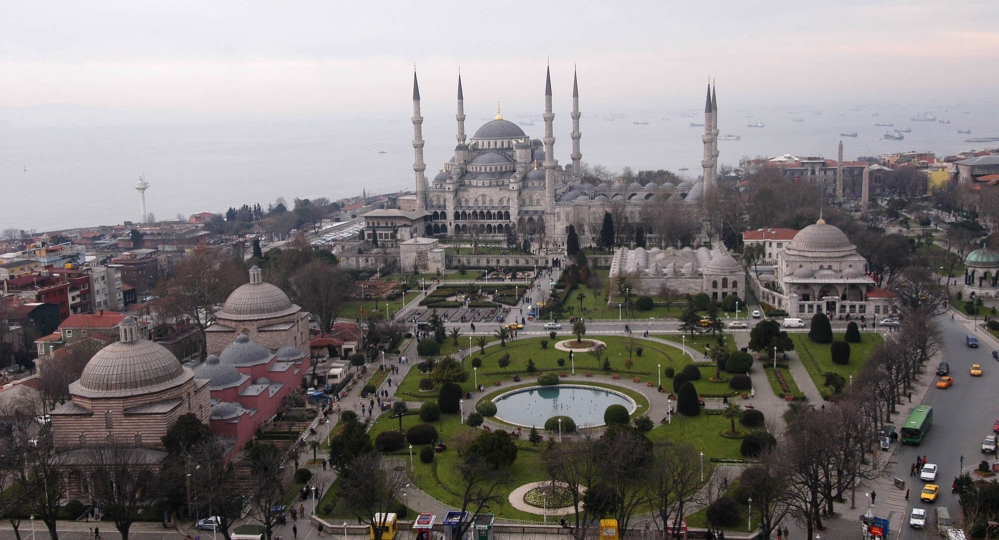
Sultanahmet-Kabataş-Taksim-Istiklal-Tunnel-Karaköy-Galata Bridge-Sultanahmet
Area with benches – tram line –the tram stops on the right.
Kabataş-funicular-on the exit is the Monument of the Republic, representing Ataturk and a group of people. Τhis monument depicts Ataturk and his closest companions as well as a few Soviet military instructors sent from Moscow to help the young Turkish Republic to resist the Entente occupation.
The tram line starts at the monument and continues to Istiklal Avenue.
Istiklal Avenue is a long pedestrianised street, on iboth sides there are old mansions and buildings, foreign consulates, churches. The street is accessible round the clock.
At the end of the avenue there is an entrance to Tünel – an underground retro-funicular, the oldest in Europe, dating to the 19th century. In 90 seconds it will take you down to Karaköy.
After you get off the funicular, cross the street and continue to the tram station and continue till Hagia Sophia which ican be seen across the Galata Bridge.
The Cathedral of Hagia, is one of the 4 most important shrines of the world. You should pay attention to its mosaics and frescoes from early medieval time (on the 2nd floor), also to the columns which were taken from ancient temples (at the entrance on the right and left sides), and runic “signatures” of Viking guards.
You can return to Galata Bridge on foot following the tram line towards Sultanahmet.
Galata Tower is situated below Galata Bridge. It is a 61 meters high structure from medieval times. It was built by the Genoese more than six centuries ago. It is possible to use the lift to go up to the observation deck and to see the aerial view of Istanbul.
The Galata tower is open daily from 09:00 to 20:00
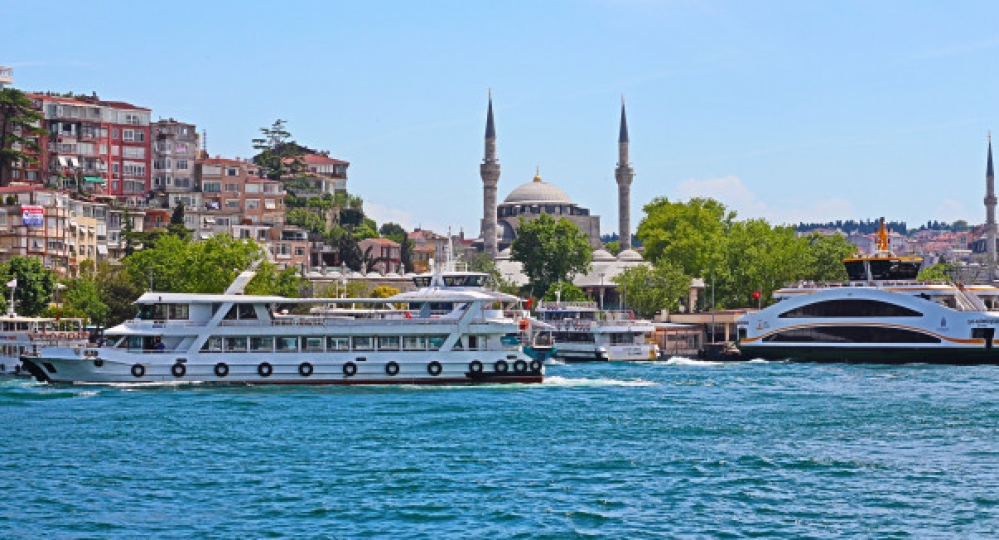
Point of start: Kabataş tram station.
From Kabataş tram station continue towards Valide Sultan mosque and from there to Dolmabahçe Palace.
Valide Sultan Mosque was built in memory of the mother of Sultan Abdulaziz. When she was young she was working as a laundress at a hamam. Sultan Mahmud II saw her and fell in love. This mosque is unusual because of its neo-gothic style of decoration.
Dolmabahçe Palace is one of the most beautiful palaces in Europe. 40 tons of gold was spent on its interior decoration. The Palace is rich with antiques: pianos, paintings, jewellery, etc. Among the notable artifacts of Dolmabahce are: enormous crystal chandelier weighing 4,5 tons, crystal staircase with a handrail made of red wood, salons decorated with pink and blue marble.
Rest in the palace park near the Bosporus. Here you can see the ceremony of changing the guards of honor.
Working Hours: 08:30 – 16:00 (On Mondays the museum is closed)
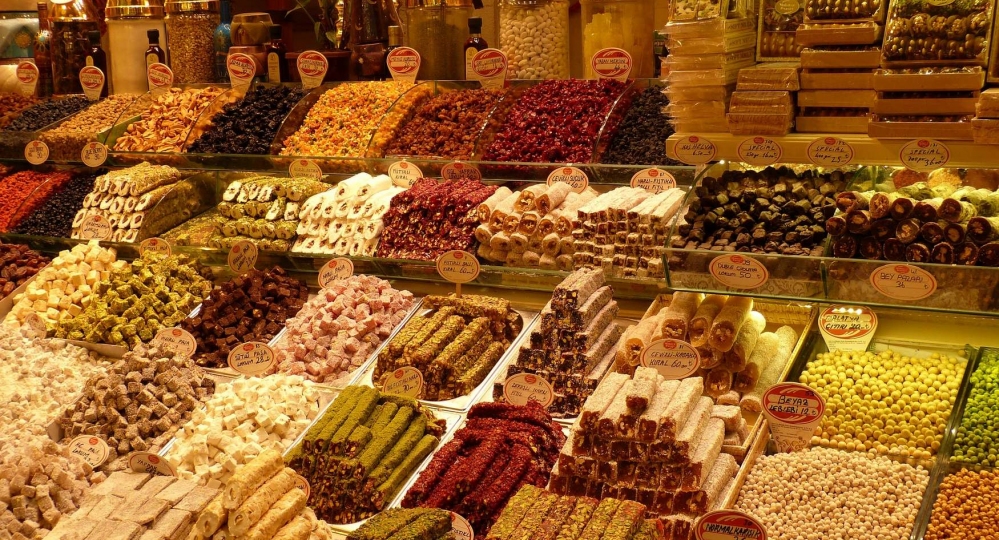
Tram-Eminönü station-Egyptian Market next to New Mosque (Yeni Camii)
The New Mosque or Yeni Camii is very popular among tourists and local people. It was built by Sultan’s mother Hatice Turhan Valide Sultan. The interior of this mosque is very large and full of light. iIs beautiful stained-glass windows are a must see. They are not typical for mosques.
The Egyptian Market (Spice Market) is an authentic bazaar, full of all kinds of spices, scents, herbs, seafood, sweets, smoked meat, cheese, and honey. In Ottoman times the bazaar offered the largest choice of spices. Not much has changed since then, as you will see for yourself.
The bazaar is open daily from 09:00 to 19:00.
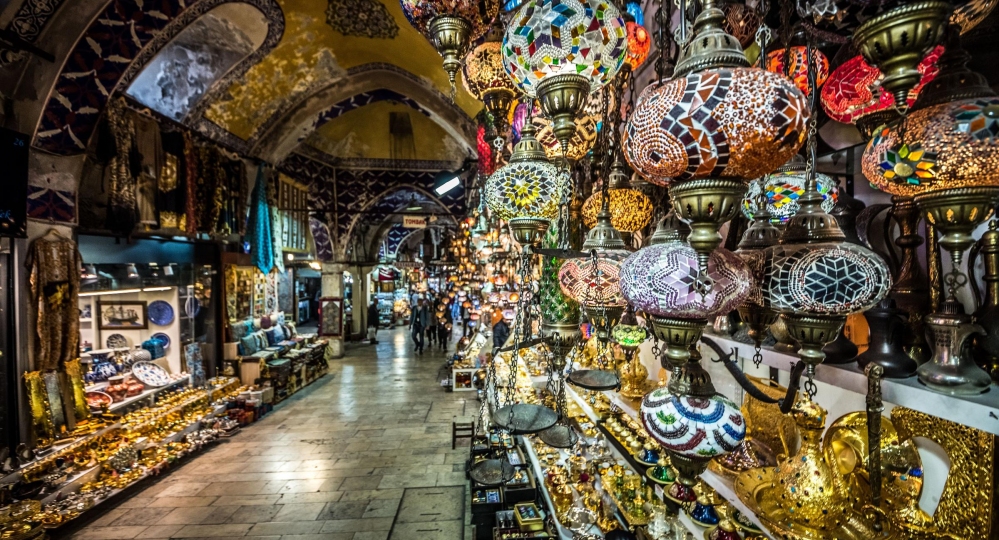
The Grand Bazaar
From the train station you walk on the left side of tram line till you see the sign ‘Grand Bazaar’ or you go by tram and get off at Beyazit-Kapalıçarşı stop.
The Grand Bazaar (Kapalı Çarşı) is the same age as Istanbul. It was opened by the order of Sultan Mehmet the Conqueror (Fatih Sultan Mehmet) who entered Constantinople in 1453. In 500 years the Grand Bazaar has turned into a mini-city with hundreds of streets and 5 thousand stalls. It is the largest covered market in the world. It is a100%genuine oriental bazaar.
The Grand Bazaar is open daily except Sunday from 08:30 to 19:30.
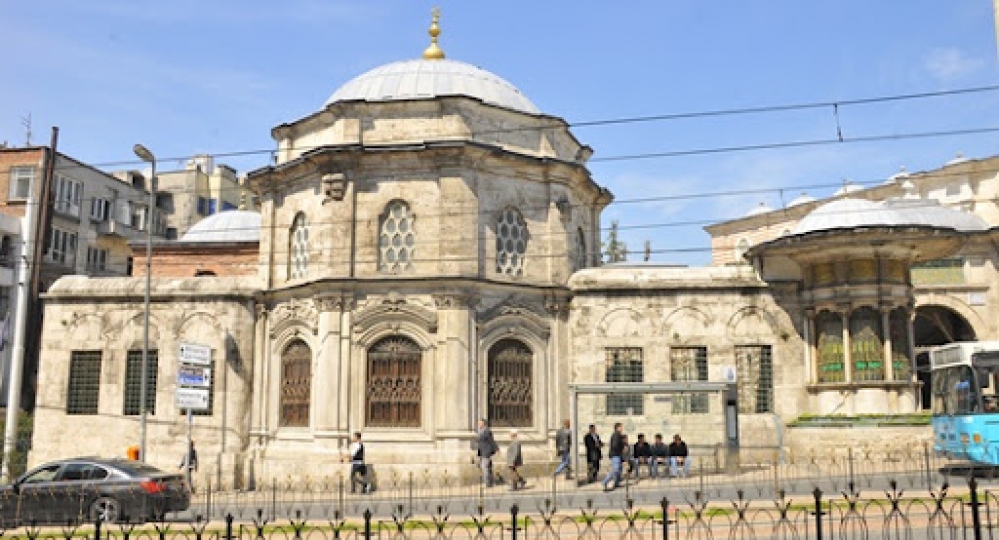
Tram to Bağcilar (Line T1), the third stop is Laleli - Universite
There are about five thousand shops on the streets of Laleli district. It is here that people come for wholesale purchases of goods, ever since the 90s, but today the market has changed for the better and it has become more comfortable to make purchases here. The vast majoriti of stores here carry out wholesale trade, but those who are especially persistent manage to buy the things they love at retail. To the Laleli area, you can take a tram to the stop Laleli - Universite. Or walk along the tram lines ( 20 ~30 minutes)
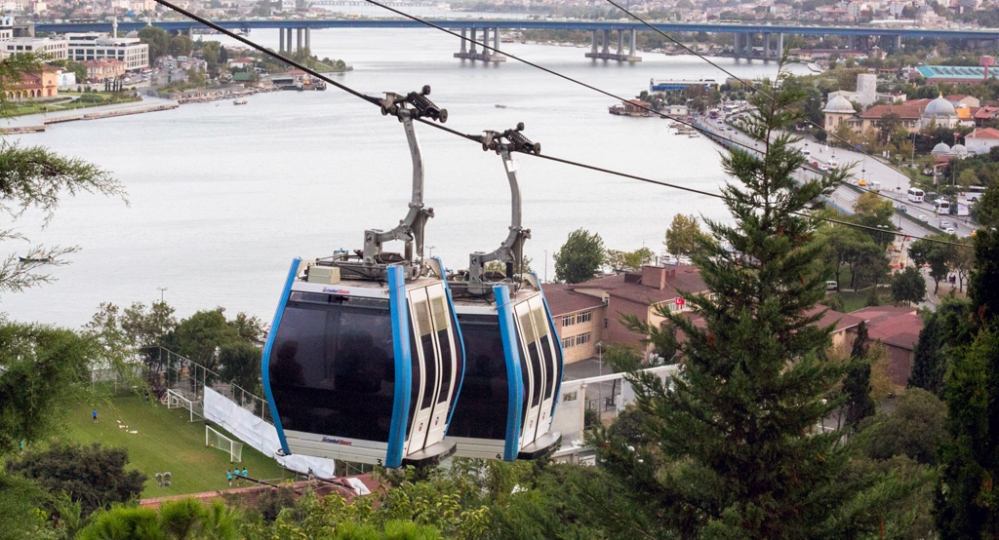
Tram-Kabataş-Funicular
-do not leave the underground. Change to the metro station towards Taksim. At the second stop, get off at Şişli-Mecidiyeköy . You can enter directly to -1st floor of Cevahir Shopping Mall.
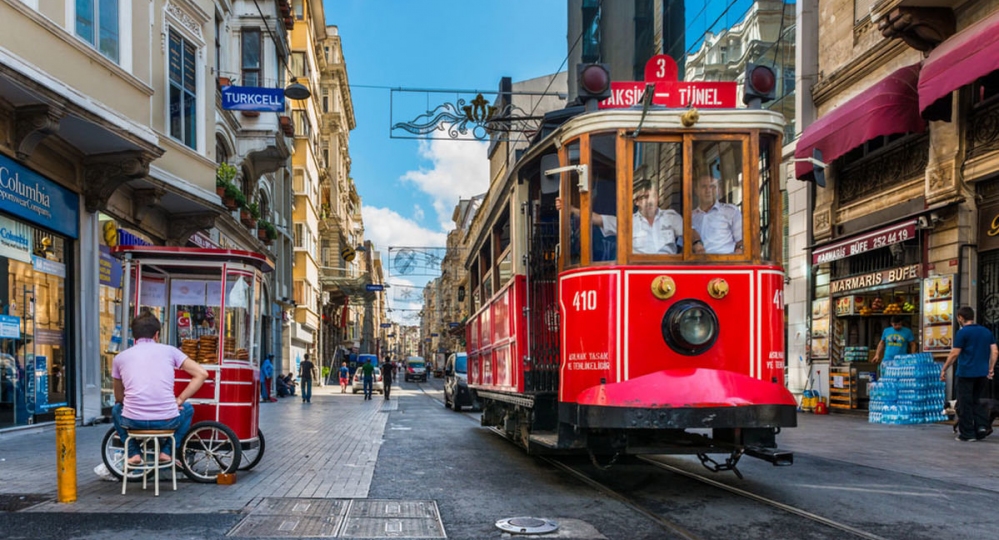
Tram-Kabataş-Funiculer-Taksim-Istiklal Avenue-Nostalgic Tram till Tunnel and follow the Galip Dede street leading to Galata Tower
Taksim square was part of an ancient Byzantine district. In the Ottoman Empire times it became one of the most prestigious locations of Istanbul. In Taksim there are many monuments of the Ottoman and Byzantine periods. It is also a favourite place for tourists to enjoy its lively nightlife.
Galata Tower is a 61 meters high structure from medieval times. It was built by the Genoese more than six centuries ago. It is possible to use the lift to go up to the observation deck and see the aerial view of Istanbul.
The Galata tower is open daily from 09:00 to 20:00
